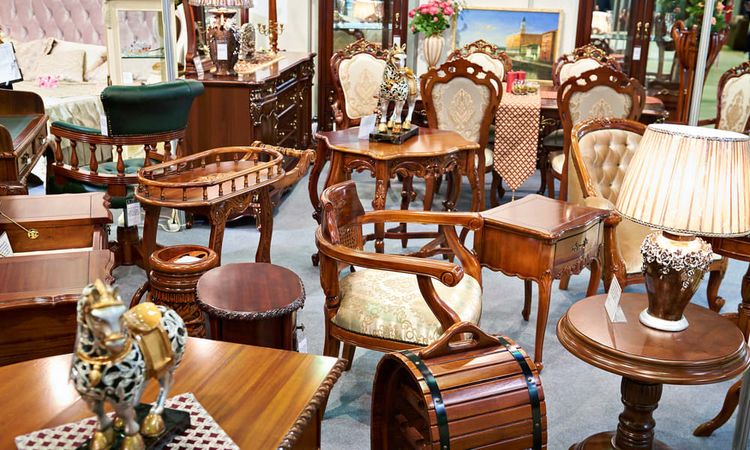The Timeless Charm of Antique Wall Art Panels
Antique wall art panels have long captivated homeowners and interior designers with their unique blend of history, craftsmanship, and aesthetic appeal. These decorative elements, often salvaged from historic buildings or carefully crafted to mimic period styles, can transform ordinary spaces into sophisticated, character-rich environments. This article delves into the world of antique wall panels, exploring their appeal, materials, where to find them, and how to incorporate them into modern interiors.

What Makes Antique Wall Art Panels So Appealing?
The allure of antique wall art panels lies in their ability to infuse a space with a sense of history and refinement. These architectural elements often feature intricate carvings, delicate paintings, or ornate gilding that showcase the skill of artisans from bygone eras. The patina that develops over time adds depth and character, making each panel a unique piece of art. Moreover, antique panels can serve as focal points in a room, drawing the eye and sparking conversation among guests.
Another aspect of their appeal is the sustainability factor. By repurposing historic architectural elements, homeowners can reduce their environmental impact while adding a touch of authenticity to their living spaces. The use of antique panels also allows for a level of customization and personalization that mass-produced decor items simply cannot match.
What Materials and Craft Techniques Are Used in Antique Wall Art?
Antique wall art panels are often crafted from high-quality materials that have stood the test of time. Hardwoods such as oak, walnut, and mahogany were popular choices due to their durability and rich grain patterns. In more opulent settings, panels might incorporate marble, precious metals, or even semi-precious stones.
Craft techniques employed in creating these panels are as diverse as they are impressive. Hand carving was a prevalent method, with artisans using chisels and gouges to create elaborate relief designs. Marquetry, the art of creating patterns and pictures using inlaid wood veneers, was another technique that produced stunning results. For painted panels, artists would use oil or tempera paints, often applying gold leaf to highlight certain elements.
Gilding, the application of gold leaf or powder, was a common technique used to add luster and opulence to wall panels. This process required great skill and precision, as the gold had to be applied to a carefully prepared surface to achieve the desired effect.
Where Can You Find Antique Wall Panels for Home Decor?
Finding authentic antique wall panels requires some detective work, but there are several avenues to explore:
-
Antique Dealers: Specialized antique shops often carry a selection of wall panels from various periods and styles.
-
Architectural Salvage Yards: These businesses specialize in reclaiming materials from old buildings, including decorative wall panels.
-
Online Marketplaces: Websites like 1stDibs, Chairish, and even eBay can be treasure troves for antique wall art.
-
Auctions: Both in-person and online auctions frequently feature antique architectural elements.
-
Estate Sales: High-end estate sales can be excellent sources for finding unique antique panels.
-
Restoration Companies: Some companies that specialize in historic building restoration may also sell salvaged panels.
When purchasing antique wall panels, it’s crucial to verify their authenticity and condition. Reputable dealers should provide provenance information and be transparent about any restoration work that has been done.
How Can You Decorate with Antique Wall Art Panels?
Incorporating antique wall art panels into modern interiors requires a thoughtful approach to create a harmonious blend of old and new. Here are some strategies for decorating with these timeless pieces:
-
Statement Piece: Use a large, ornate panel as a focal point in a living room or bedroom, allowing it to serve as the room’s centerpiece.
-
Gallery Wall: Create an eclectic gallery wall by mixing antique panels with modern artwork and photographs.
-
Headboard Alternative: Mount a panel above the bed to create a unique and luxurious headboard.
-
Door Insets: Replace plain door panels with antique carved or painted inserts for an elegant touch.
-
Room Divider: Use a series of panels to create a decorative room divider or screen.
-
Ceiling Medallion: Install a circular panel on the ceiling as a striking alternative to traditional ceiling medallions.
When integrating antique panels into your decor, consider the overall style of your space. While contrast can be appealing, aim for a cohesive look by choosing panels that complement your existing color scheme and design aesthetic.
What Are the Cost Considerations for Antique Wall Panels?
The price of antique wall art panels can vary significantly based on factors such as age, condition, rarity, and provenance. Here’s a general pricing guide to help you understand the market:
| Panel Type | Condition | Estimated Price Range |
|---|---|---|
| Small Carved Wood Panel (18th-19th century) | Good | $500 - $2,000 |
| Large Painted Panel (19th century) | Excellent | $2,000 - $10,000 |
| Gilded Baroque Panel Set | Restored | $5,000 - $25,000+ |
| Rare Marquetry Panel | Museum Quality | $10,000 - $50,000+ |
Prices, rates, or cost estimates mentioned in this article are based on the latest available information but may change over time. Independent research is advised before making financial decisions.
It’s important to note that while some antique panels can be quite expensive, there are also more affordable options available, such as reproductions or panels from more recent periods. Additionally, the cost of installation and any necessary restoration work should be factored into your budget when considering antique wall panels for your home.
Antique wall art panels offer a unique way to add character, history, and artistic value to your living spaces. Whether you’re drawn to the intricate craftsmanship of carved wood panels or the elegance of gilded designs, these timeless pieces can elevate your home’s decor and create a truly personalized environment. By carefully selecting and thoughtfully integrating antique panels into your interior design, you can create a space that tells a story and reflects your appreciation for the artistry of the past.




